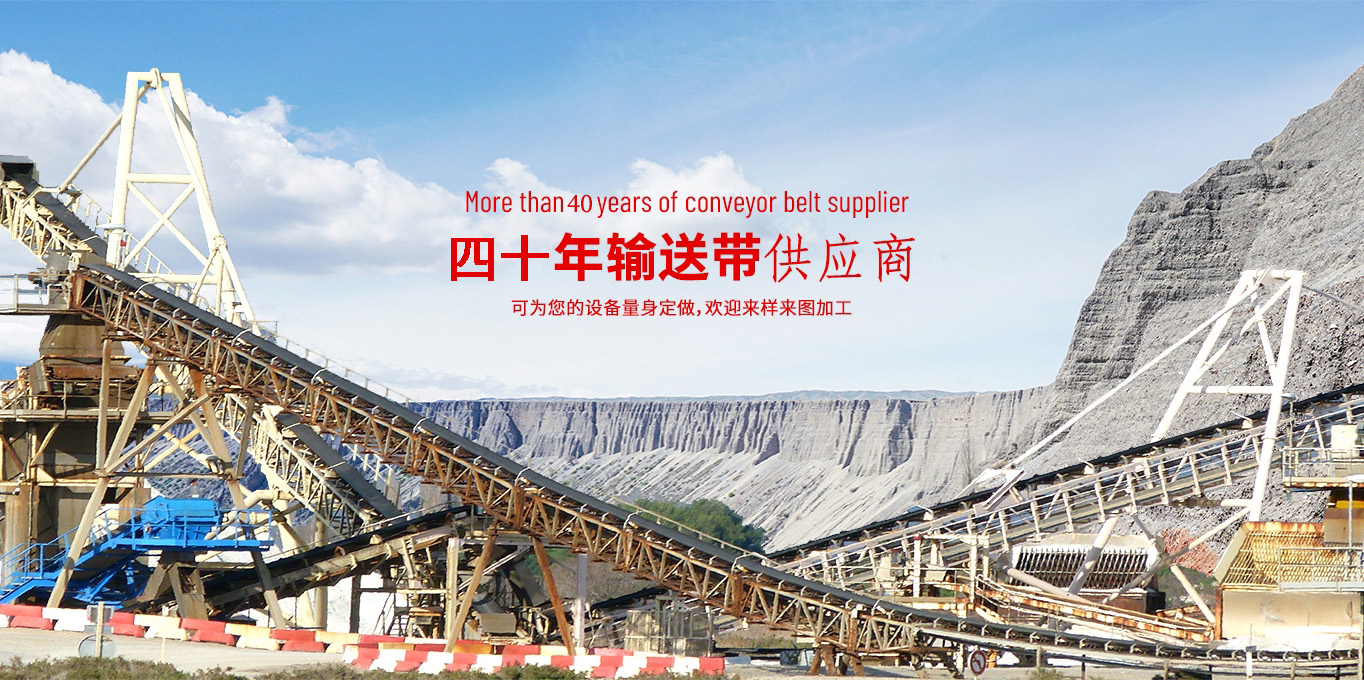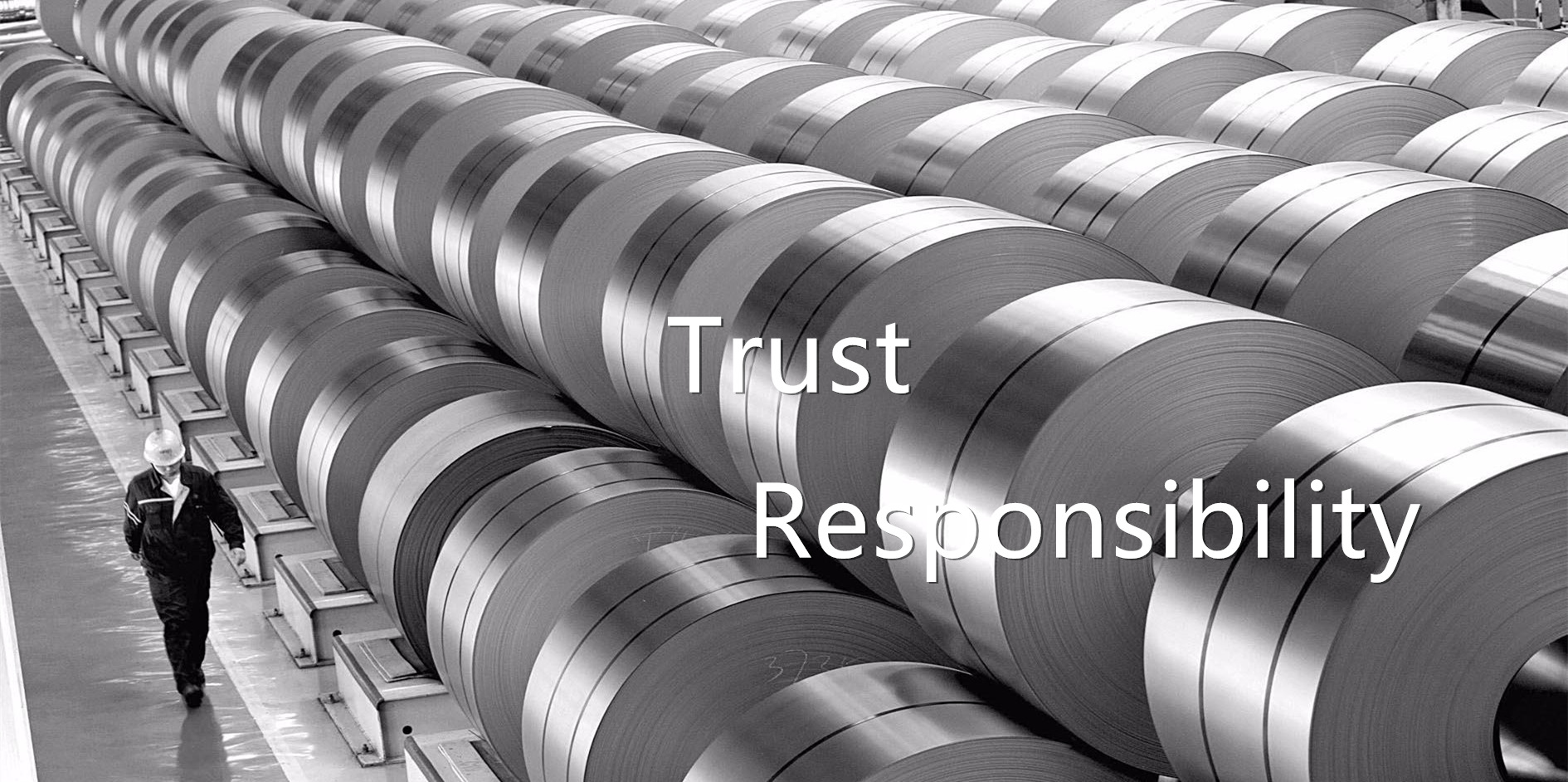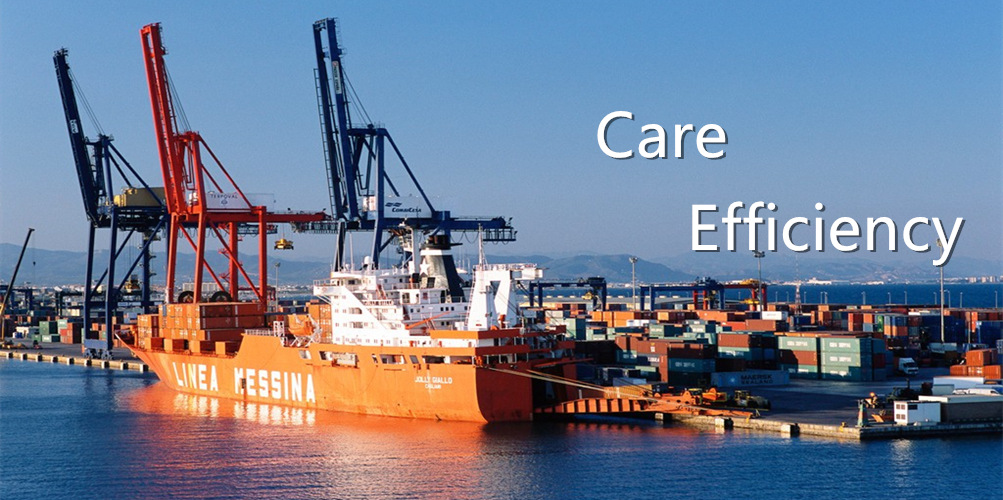What’s the Difference Between Regular and Heavy-Duty Aluminum Foil?
What’s the Difference Between Regular and Heavy-Duty Aluminum Foil?
Aluminum foil is a kitchen essential. If you like, you use it for wrapping up leftovers, packaging food for the freezer, and lining baking sheets and grill grates. It can even be a cooking vessel all on its own, which is especially handy if you’re short on pots and pans.
So the question when it comes to buying a roll of foil is not if you’ll buy a roll, but which kind you’ll buy: regular or heavy-duty?
The Difference Between Regular and Heavy-Duty Aluminum Foil
Regular and heavy-duty aluminum foil are made of the same material, but there’s a key difference: the thickness of the foil.
So what? you might be thinking. Where this really matters is when you’re using aluminum foil for cooking. Since regular aluminum foil is thinner than the heavy-duty version, it doesn’t stand up to high heat and weighty items as well.

More About Regular Aluminum Foil
Any aluminum foil that’s simply labeled “aluminum foil” is considered regular aluminum foil. In addition to being thinner, it’s also less expensive than heavy-duty foil.
Regular aluminum foil will definitely work for kitchen tasks like covering dishes to be stored in the fridge, wrapping sandwiches and other foods, and lining baking sheets. But regular foil doesn’t hold up as well with heavy foods or with high-heat cooking on the grill, where it’s more likely to tear, rip, or break.
More About Heavy-Duty Aluminum Foil
As the name implies, this type of foil is thicker and sturdier than regular aluminum foil. It’s tough enough to stand up to high heat, heavy food items, and long-term storage in the freezer. Because of the extra thickness, it’s also a better choice for campfire packets. And, as noted above, while prices vary from brand to brand, you can always expect to pay more for heavy-duty foil.
【 Go Back 】 | 【 Print 】 | 【 Close this window 】
















